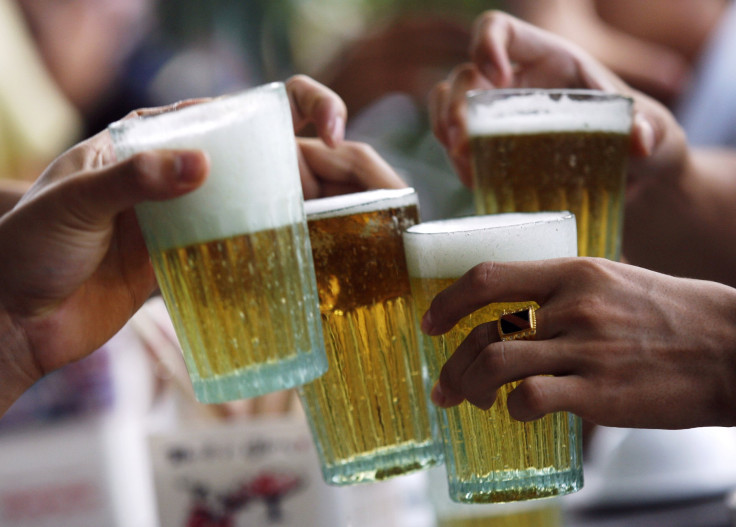Romantic partners are more influential in drinking habits than friends, study claims

The notion that adolescents change and lessen their similarity with friends when they enter a romantic relationship is now backed by scientific data, a new study suggests.
In particular, the findings published in Developmental Psychology show that those who are in relationships were more similar to their partners than to friends on measures of alcohol abuse.
According to the study, adolescents who started dating changed from being more similar to friends to being more similar to romantic partners. This is the first study to use longitudinal data to demonstrate changes in friend similarity that follow from the initiation of a romantic relationship.
The results confirm what most friends complain about – romantic partners are a distraction from friendships,” says Brett Laursen, Ph.D., one of the authors and a professor and graduate studies coordinator in the Department of Psychology at Florida Atlantic University.
“It also is a stark reminder how the peer social world changes during adolescence. Same-sex friends become less important and romantic affiliations become more important,” Laursen notes.
According to the researchers, similarity is the hallmark of adolescent friendships, and most single adolescents report friends to be among their most important relationships. However, the start of a new romantic relationship alters the balance of close relationships. As romantic relationships surpass friendships in terms of importance, adolescents are inclined to change to become more similar to their romantic partners, even if it means that differences arise with friends.
While concerns over peer pressure and alcohol abuse are well-placed since adolescents rarely drink alone, the team says it is often overlooked that initial involvement in romantic relationships tends to coincide with initial exposure to alcohol.
For the study, more than 1,200 participants ranging in age from 12 to 19 years completed a measure of alcohol abuse. Friends with romantic partners were found to be less similar on rates of alcohol abuse than friends without romantic partners, especially if they were older and less well-liked by classmates.
The researchers also conducted a second part of the study, focusing on a subsample consisting of more than 600 adolescents who reported friendships that were stable across two consecutive years.
At the outset, neither friend was involved in a romantic relationship. Using this longitudinal subsample made it possible to measure changes in friend similarity for those who did and did not begin a romantic relationship. Similarity between friend reports of alcohol abuse declined after one or both of the adolescents became involved in a romantic relationship, to the point where they became more similar to their romantic partners than to their friends.
Levels of alcohol consumption did not differ for adolescents with romantic partners and adolescents without.
Their findings suggest that participation in a romantic relationship does not elevate the risk of alcohol abuse beyond that involved in participation in friendships, according to Laursen. “Instead, it is the source of the risk that changes. Friends no longer shape drinking habits the way they used to. Romantic partners now dictate terms. Your friends were right: You aren’t the same person you were when you were single,” she says.
Alcohol is responsible for most drug-related deaths in the teenage population in Australia, according to Better Health Channel. While it’s difficult to prevent teenagers from experimenting with alcohol, parents can encourage sensible drinking habits, the Web site says. Parents can minimise the risks by providing adult supervision and encouraging consumption within the adult guideline for low-risk drinking, which is two standard drinks in any one day.
Contact the writer at feedback@ibtimes.com.au or tell us what you think below.





















